 High blood pressure, also known as hypertension is a serious health problem, especially when exercise seems to take a back seat and calorie-rich foods are in abundance. Most of us have heard about the importance of controlling high blood pressure, but did you know that exercise plays a key role?
High blood pressure, also known as hypertension is a serious health problem, especially when exercise seems to take a back seat and calorie-rich foods are in abundance. Most of us have heard about the importance of controlling high blood pressure, but did you know that exercise plays a key role?
That’s right! Being physically active not only helps control your blood pressure it also helps control body weight and strengthen the heart, and lungs. A healthy weight, a strong heart and general well-being are all good for your blood pressure.
The type of exercise, specifically the intensity (how hard you exercise) and frequency (how often you exercise) play an important role.
Here’s the good news. You don’t have to do too much. Being moderately active, like walking briskly, is beneficial when done regularly for a total of 30 minutes or longer at least 5 days a week.
What is the moderate intensity for physical activity?
Here’s a simple way to tell if your exercise intensity is on target:
- If you can easily carry on a full conversation and perform the activity at the same time, you are probably not working hard enough.
- If you can sing while exercising, your intensity is probably too easy.
- If you can carry on a conversation, but not a lengthy one, your intensity is probably right on target.
- If you get out of breath too quickly while exercising, or feel strained and have to stop to catch your breath, you are working too hard.
 For overall health benefits for your heart and lungs, be sure to participate in moderate aerobic exercise on a regular basis. Here are some guidelines to exercise in a safe and effective range:
For overall health benefits for your heart and lungs, be sure to participate in moderate aerobic exercise on a regular basis. Here are some guidelines to exercise in a safe and effective range:
-
Get a total of at least 150 minutes of moderate intensity aerobic exercise each week (that’s 2 hrs and 30 minutes in a week.)
- Your weekly physical activity time can include 30 minutes/day for at least 5 days/week.
- Don’t forget to include stretching exercises daily.
- Also include strengthening exercises at least 2 times/week.
 When trying to combat high blood pressure, make sure to follow these 7 strategies.
When trying to combat high blood pressure, make sure to follow these 7 strategies.
- Are you overweight? Maintaining a healthy weight will help prevent high blood pressure. Talk to your physician about this. This can be challenging, but here’s what can make it attainable:
- Limit the portion size of your meals and snacks, and cut way back on high calorie foods. If you eat as many calories as you burn each day, you’ll maintain your weight. Eating fewer calories than you burn will facilitate weight loss. More importantly, weight loss (if you are overweight) will help control blood pressure.
- When you plan meals, think of your heart. Choose a diet that includes plenty of fruits and vegetables. Avoid foods high in saturated fats and cholesterol.
- Consume less salt. Salt, or sodium, can increase blood pressure. For specific guidelines, consult your physician or nutritionist. As a general rule, limit your sodium intake to no more than 2,400 mg, or about 1 teaspoon of salt each day.
- If you drink alcohol, practice moderation. The recommended limit for men is no more than 2 drinks per day, and women are one alcoholic beverage per day.
- Increase your physical activity. Exercise is key! If you get very little exercise now, start slowly and work your way up to at least 30 minutes of a moderate-level activity, such as brisk walking or bicycling, each day.
- Stop smoking. Research shows that smoking increases your chances of developing heart disease, stroke, peripheral arterial disease, and several forms of cancer.
- Talk to your doctor. Know what your blood pressure reading is and what it means to your health. Remember to take any medications consistently, as prescribed by your doctor.
If your daily routine includes hours of sitting at a desk and using countless labor-saving devices, it’s possible to inadvertently slip into a pattern of inactivity. Make the right decision and schedule an evaluation with us, so we can identify the do’s and don’ts of exercise and injury prevention while structuring the most appropriate exercise protocol for you.
Taking charge of your health is the best decision you can make. The choice is yours.
Call us today to get started on the road to a healthier you!
